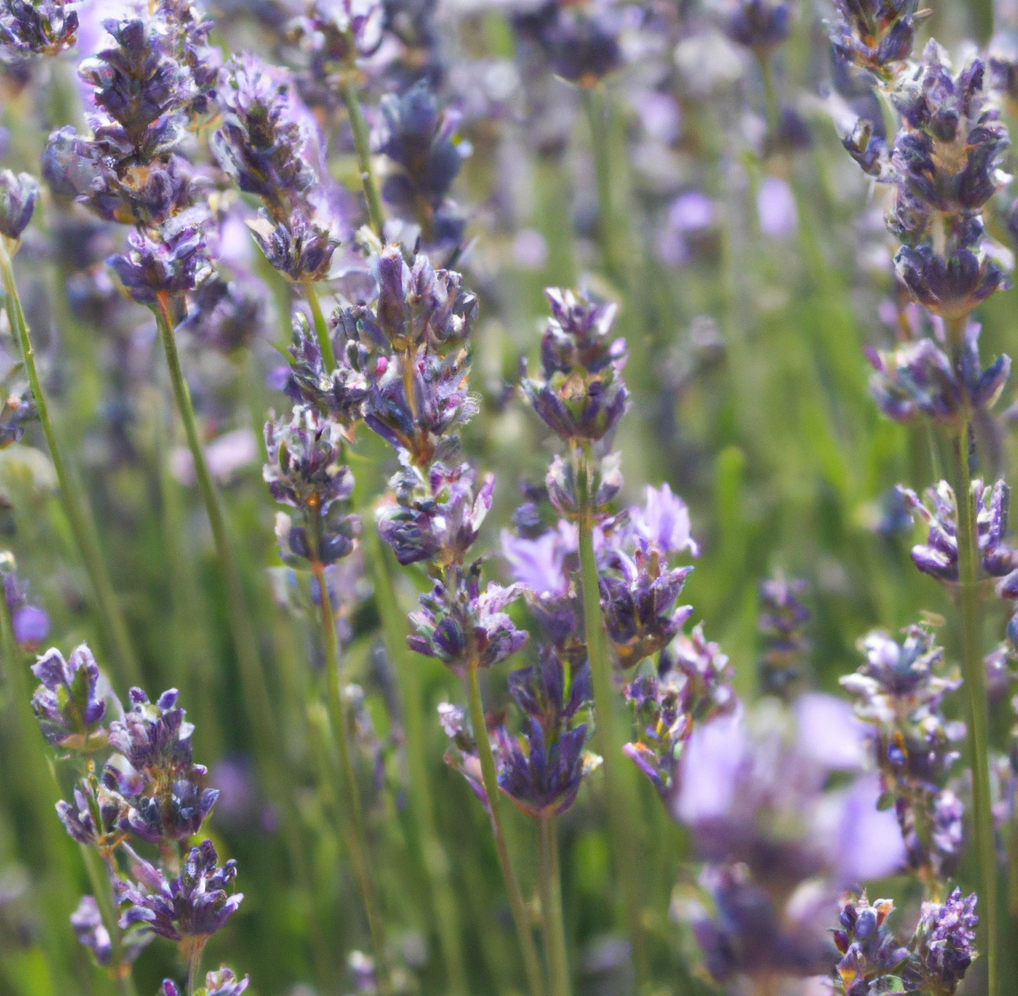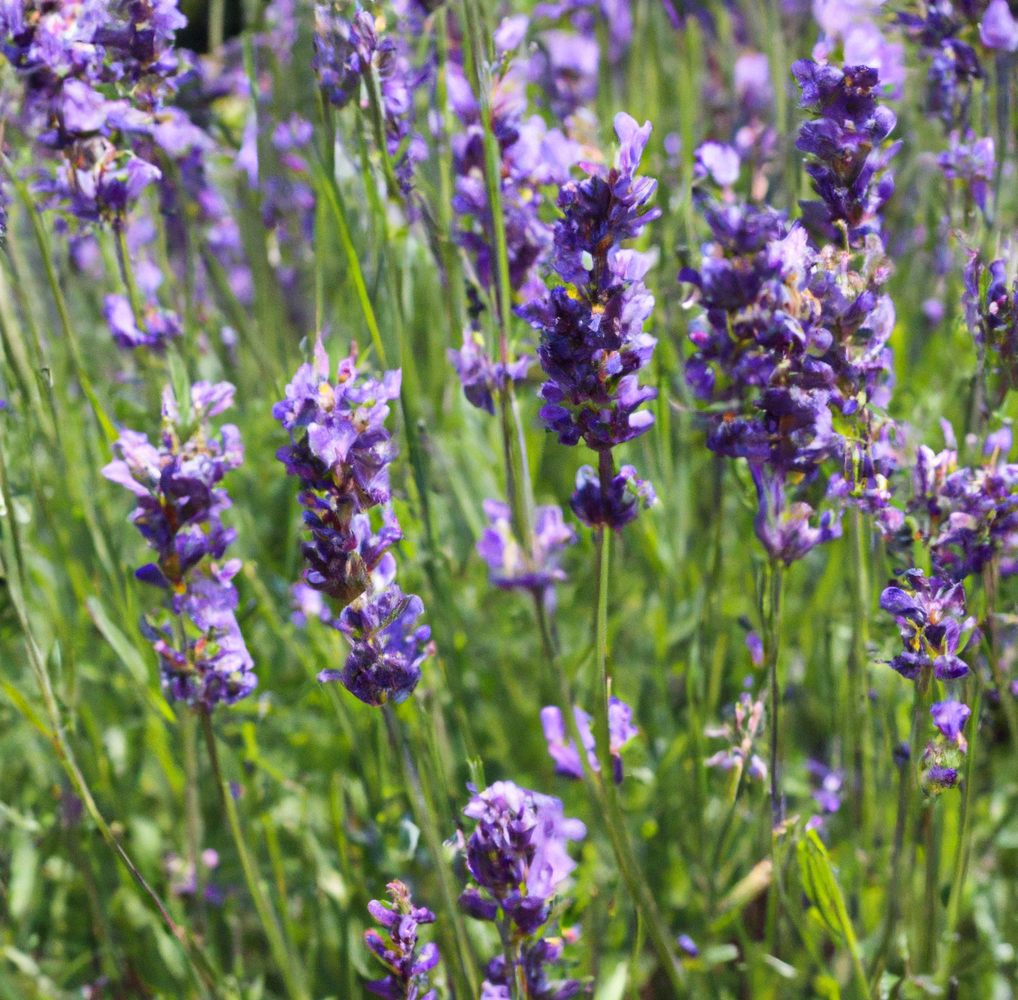Description
In addition to its ornamental value, English lavender is also used for a variety of purposes. The flowers are commonly used to make potpourri and sachets, and the essential oil is used in perfumes, soaps, and other cosmetic products. It is also used for medicinal purposes, including as a natural remedy for headaches, anxiety, and insomnia.
How to Grow Lavender “Common English”
Growing common English lavender from seed can be a bit more challenging than growing from established plants, but it’s certainly possible with the right technique. Here are the steps you can follow to grow English lavender from seed:
- Start with fresh seed: Use fresh, high-quality seed that has been stored in a cool, dry place.
- Sow the seed: Sow the seed in late winter or early spring. Fill a seed tray or small pots with a good quality seed starting mix. Moisten the mix and press the seed into the surface, then lightly cover with a fine layer of sand or vermiculite. Place the tray or pots in a warm, well-lit location, but not in direct sunlight.
- Water the seedlings: Keep the soil moist, but not waterlogged. Use a misting spray to water the seedlings gently to avoid disturbing the seedlings.
- Transplant the seedlings: When the seedlings have grown their first set of true leaves, they are ready to be transplanted into individual pots. Use a good quality potting mix and make sure the pots have drainage holes. Water the seedlings well after transplanting.
- Harden off the seedlings: Once the seedlings are established, gradually introduce them to the outdoors by placing them outside for a few hours each day, gradually increasing the time over the course of a week or two.
- Plant the seedlings: When the seedlings are 6-8 inches tall and have several sets of leaves, they are ready to be planted in the garden. Choose a sunny location with well-draining soil, and plant the seedlings at least 12-18 inches apart.
- Care for the lavender: Water the seedlings deeply once a week, and prune them in the early spring to promote bushy growth. Once established, English lavender is drought tolerant and requires little maintenance beyond occasional pruning.
It may take a year or two for English lavender grown from seed to mature and produce flowers, but with patience and proper care, you can enjoy the beauty and fragrance of this popular plant in your garden.
FAQ for Lavender “Common English”:
What is common English lavender, and what are its uses?
Common English lavender, also known as Lavandula angustifolia, is a perennial plant native to the Mediterranean region. It is a popular ornamental plant known for its fragrant purple flowers and aromatic foliage. English lavender is also used for a variety of purposes, including making potpourri and sachets, producing essential oil for perfumes, soaps, and other cosmetic products, and for medicinal purposes, including as a natural remedy for headaches, anxiety, and insomnia.
How do I grow English lavender?
English lavender grows best in a sunny location with well-draining soil. Plant the lavender in the spring or fall, water deeply once a week, and prune in the early spring to promote bushy growth. If growing from seed, sow the seed in a tray or small pots filled with a good quality seed starting mix and gradually introduce them to the outdoors before planting them in the garden.
How often should I water English lavender?
Water English lavender deeply once a week, or more often if the weather is particularly hot and dry. Allow the soil to dry out slightly between watering to prevent root rot.
How should I prune English lavender?
Prune English lavender in the early spring by cutting back about one-third of the previous year’s growth, being careful not to cut into the woody part of the plant. This will promote bushy growth and prevent legginess.
When is the best time to harvest English lavender?
Harvest English lavender when the flowers are fully open, but before they start to fade. Cut the stems just above the leaves and hang them upside down to dry.
Can English lavender be grown in containers?
Yes, English lavender can be grown in containers, but it is important to choose a container that is large enough to accommodate the plant’s root system and to use a well-draining potting mix. Water the plant regularly and fertilize with a balanced, water-soluble fertilizer every two to three weeks during the growing season.
How do I propagate English lavender?
English lavender can be propagated from stem cuttings, layering, or division. Take stem cuttings in the late spring or early summer, remove the lower leaves, and dip the cut end in rooting hormone before planting in a pot filled with a good quality potting mix. Layering involves bending a low-growing stem to the ground and pinning it down with a U-shaped wire until it roots. Division involves dividing the plant into smaller sections and planting each section in a separate location.
How can I prevent pests and diseases in English lavender?
English lavender is relatively resistant to pests and diseases, but it can be susceptible to root rot and fungal diseases in poorly draining soil. To prevent these issues, make sure the soil is well-draining and avoid overwatering. Spider mites, aphids, and whiteflies can also be a problem, but can be controlled with insecticidal soap or neem oil.
Can English lavender be used for cooking?
Yes, English lavender can be used for cooking, but it is important to use culinary-grade lavender, which has a sweeter, milder flavor than other varieties. Lavender can be used to flavor baked goods, desserts, and beverages, or as a seasoning for meats and vegetables.
How can I overwinter English lavender?
English lavender is a hardy perennial that can survive winter temperatures down to about 15°F (-9°C), but may need extra protection in colder climates. To overwinter English lavender, cut back the plant in the fall, cover the root zone with a layer of mulch, and protect







Reviews
There are no reviews yet.